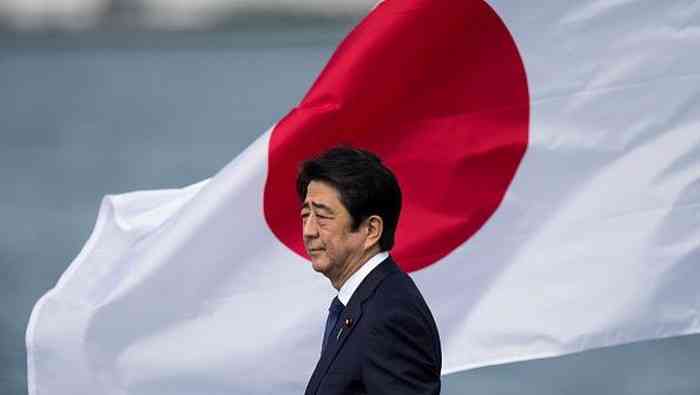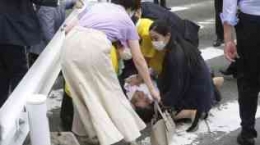After Shinzo Abe graduated from Seikei University in Tokyo in 1977, he moved to The United States, where he studied political science at the University of Southern California, Los Angeles. In 1979, Abe returned to Japan and joined Kobe Steel, Ltd. Abe then became active in the Liberal-Democratic Party (LDP), and in 1982 he began working as a secretary to his father, Shintaro Abe, who was Japan's Foreign Minister at the time (Pletcher, 2022).
In 1993, Shinzo Abe won a seat in the Lower House of The Diet (parliament) and went on to hold a series of government posts. He also gained much support for his tough stance on North Korea, especially after the country revealed in 2002 that it had kidnapped 13 Japanese citizens in the 1970's and 80's.
Abe, who was then Deputy Chief Cabinet Secretary, oversaw the subsequent negotiations. In 2003, Abe was appointed General Secretary of the LDP. Due to LDP term limits, Prime Minister and LDP Leader Junichiro Koizumi was forced to leave his post in 2006, and he was succeeded in both posts by Shinzo Abe. Shinzo Abe then became the country's first Prime Minister born after the Second World War and the youngest since the war (Pletcher, 2022).
As a conservative, when he became Prime Minister of Japan, Shinzo Abe sought to strengthen relations with the United States and pursue a more assertive foreign policy. Abe supported United Nations sanctions against North Korea following the country's nuclear tests and imposed a series of unilateral sanctions on North Korea that included a ban on all visits to Japanese ports by North Korean ships.
Abe also pledged to revise and improve the country's post-war constitution, which imposes strict restrictions on its military. On domestic affairs, Abe promised to shore up the country's pension fund and health insurance system. However, his administration was soon embroiled in a series of public blunders and financial scandals.
In addition, the government drew criticism for its slow response to the discovery that for a decade it had mishandled the pension records of millions of citizens. In July 2007, the LDP lost its majority in the upper house to a coalition led by the Democratic Party of Japan (DPJ), and in September 2007, Abe announced his resignation. He was replaced by Yasuo Fukuda (Pletcher, 2022).
Second term and "Abenomics", Abe retained his seat in the Diet's lower house but in recent years, Abe has remained politically silent, especially after the DPJ-led coalition took over the government in 2009. However, that changed when he was re-elected as LDP leader in September 2009. In 2012, Shinzo Abe's first move was to visit the Yasukuni Shrine in Tokyo, Japan. A memorial to Japan's military dead that includes people convicted of war crimes during World War II.
The move sparked strong protests from other countries in the Asia-Pacific region, and Abe provoked further controversy over his views on the sovereignty of islands in the Pacific disputed between China and Japan, as well as his stance in favor of revised pacifism. A clause in the Japanese constitution.
Despite this, the LDP won a landslide victory in the lower house election on December 16, 2012. On December 26, the new LDP majority in the assembly supported by members of the party's coalition partner, New Komeito, overwhelmingly approved Abe as Prime Minister. He replaced the DPJ's Yoshihiko Noda, who resigned from office that day (Pletcher, 2022).
Abe quickly launched an ambitious economic program intended to stimulate Japan's long moribund economy and help speed the recovery of the northeastern region of Honshu (Tohoku) devastated by the 2011 earthquake and tsunami. The program, quickly dubbed "Abenomics", included measures such as raising the inflation rate, allowing the yen to fall in value against the US dollar and other foreign currencies, and increasing the money supply and government spending on large public works projects. The Abe administration received a major political boost in the July 2013 election for the upper house of the Diet, when candidates from the LDP and its New Komeito allies won enough seats to guarantee them a majority in the chamber (Pletcher, 2022).
Abe's economic program appeared to be successful at first, with strong growth in 2013 and the first half of 2014 and a decline in the unemployment rate. However, the second of three increases in the national consumption (sales) tax (enacted in 2012 by the DPJ-led government) in April 2014 contributed to a dramatic decline in the Japanese economy for the rest of the year. In the fall, the country fell into recession, and Abe's approval ratings plummeted.












